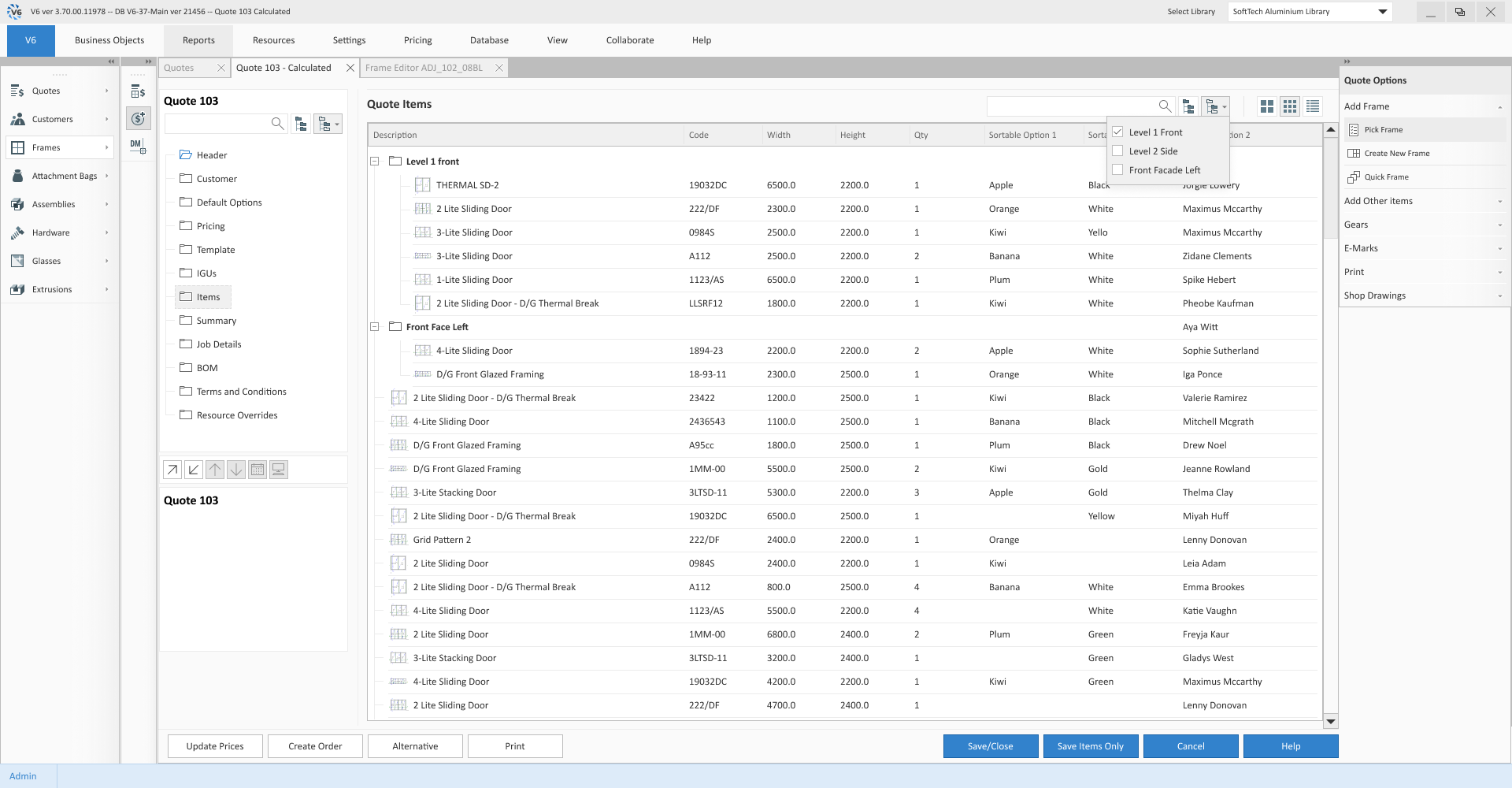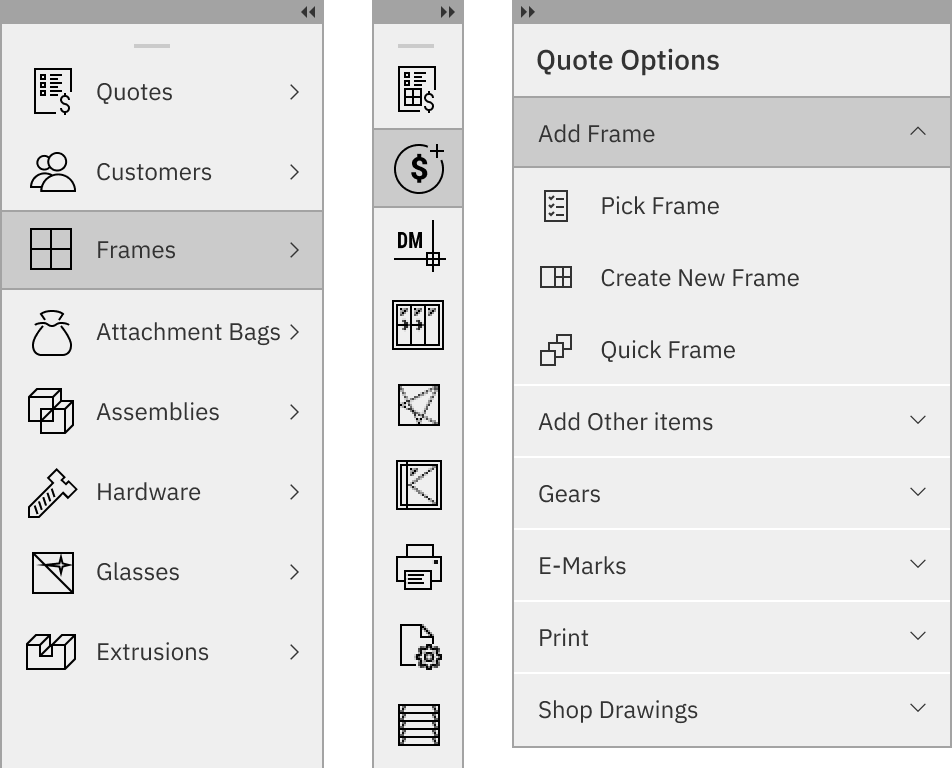Desktop application for fenestration industry manufacturers

The product's interface needed a more modern and stylish look. The current design felt outdated, like something from the 1990s, with mismatched icons and old-fashioned elements. Even though the product worked well, the design needed improvement.
My task was to refresh the interface with a more up-to-date look. I updated the colors and design elements to make it feel current and added a few features to improve usability. I also ensured consistency by using the same icons and design elements throughout.
In the end, the new design not only looked modern and cohesive but also kept the product efficient, giving users a better and more enjoyable experience.
In the V6 redesign process, I focused on improving the user interface by gathering feedback through multiple iterations. I worked closely with users to understand their pain points and needs, using their insights to guide each design update. After each version, I tested the interface with users to see what worked well and where improvements were needed. This iterative approach allowed me to refine the design based on real-world feedback, ensuring that the changes were both practical and user-friendly.
A key part of the redesign was enhancing color contrast to improve visibility and accessibility. I also focused on maintaining consistency throughout the interface by standardizing icons, forms, and other design elements. This helped create a more cohesive and professional look, while ensuring that the product remained easy to navigate. Each iteration brought the interface closer to a modern, functional design that better supported the users' workflow.







